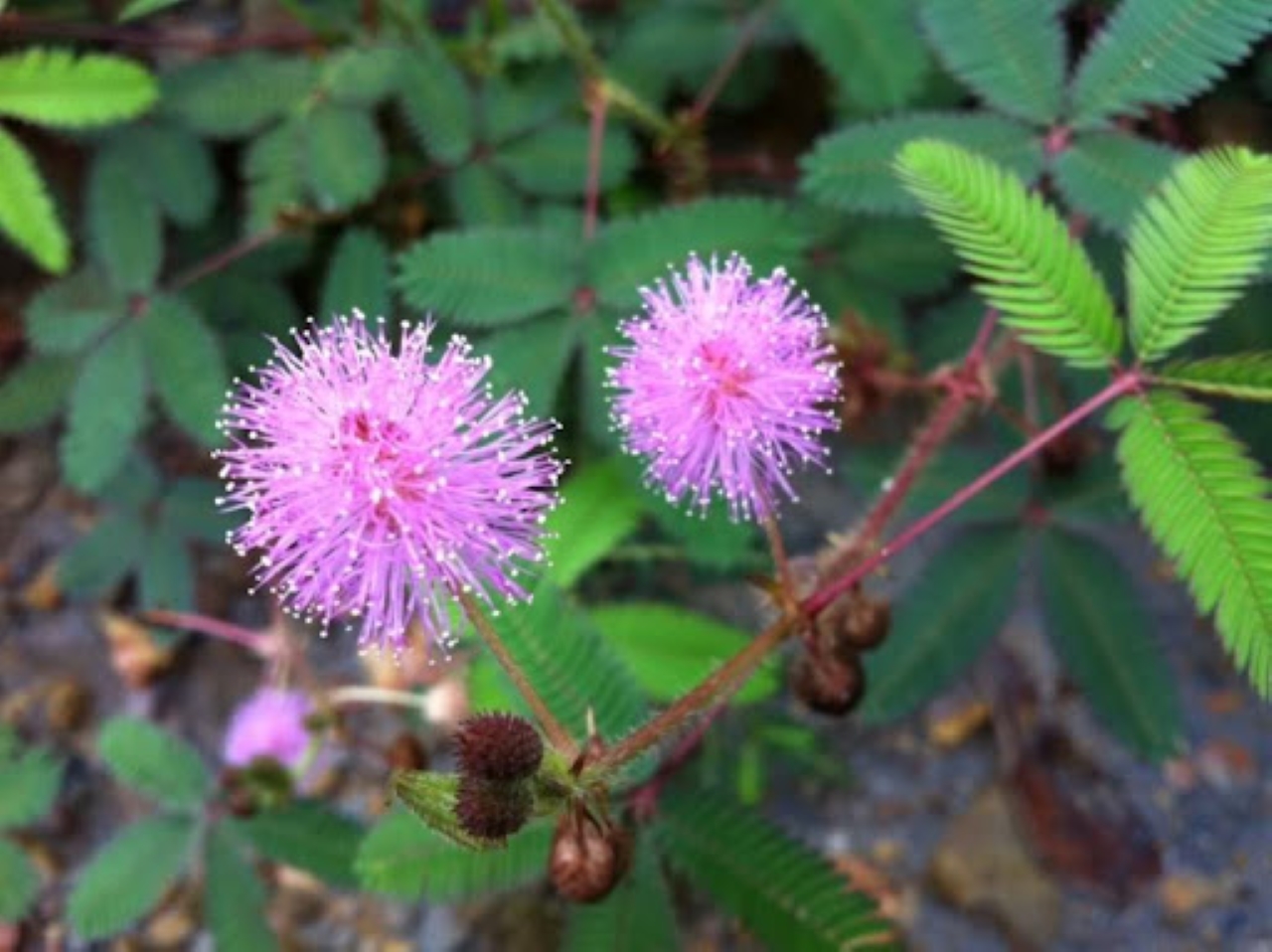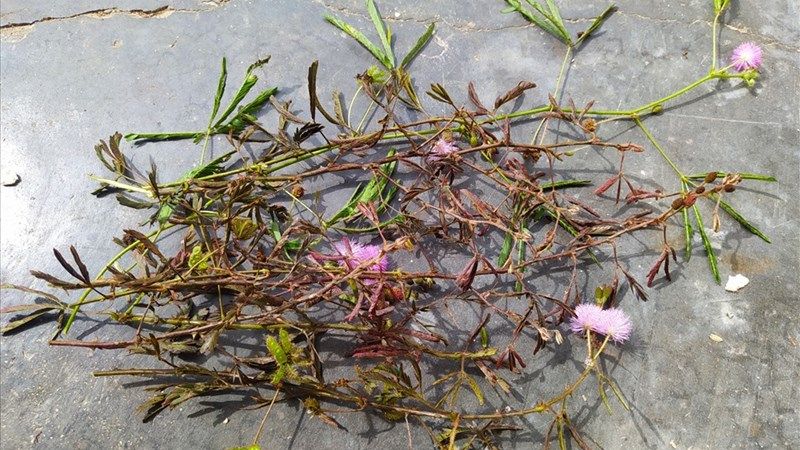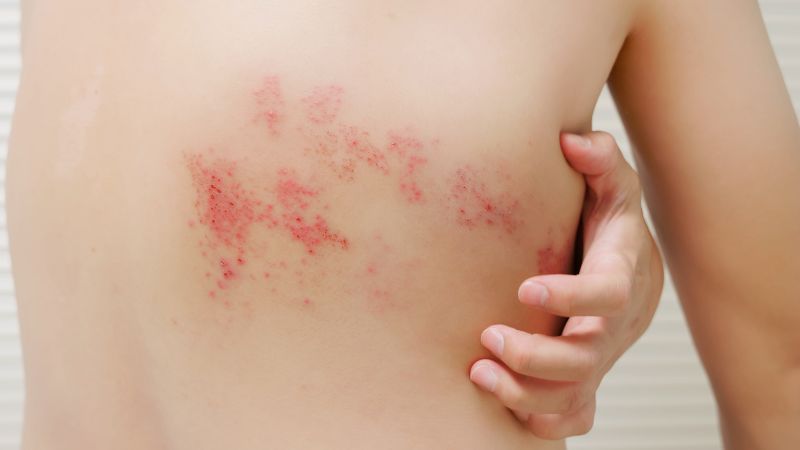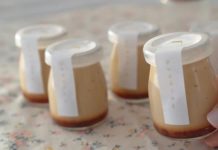Mimosa Pudica: The Sensitive Plant with Astonishing Medicinal Properties
Mimosa pudica, commonly known as the sensitive plant, touch-me-not, or shameplant, is a fascinating botanical marvel belonging to the Mimosaceae family. Its peculiar name originates from its remarkable ability to quickly fold its leaves and stems inward when touched, resembling a shy reaction.
In traditional Chinese medicine, almost every part of Mimosa pudica has been employed for medicinal purposes. The twigs and leaves possess a sweet and slightly bitter taste, along with a cooling nature and mild toxicity. They are known for their ability to clear liver heat, calm the mind, dispel heat accumulation, and detoxify the body. The roots, on the other hand, exhibit a slightly bitter and astringent taste, along with a warm nature and toxic effects. They are valued for their expectorant, antitussive, qi-activating, and digestive-aiding properties.

Mimosa pudica’s Medicinal Value: A Treasure in Traditional Chinese Medicine
Primarily, the stems, leaves, and roots of Mimosa pudica are utilized for their therapeutic benefits. The stems and leaves are harvested during the dry season and dried for medicinal purposes, while the roots can be collected throughout the year, dried, and used similarly.
Benefits of Mimosa Pudica
Extensive research, including the work of Professor of Pharmacology Dam Trung Bao, has revealed a multitude of therapeutic properties and health benefits associated with Mimosa pudica. These include:
- Calming the central nervous system, supporting sleep, and reducing anxiety
- Delaying the onset of seizures and epileptic episodes
- Alleviating pain
- Neutralizing toxins and counteracting arsenic acid
- Relieving sore throat and bronchitis symptoms
- Supporting heart and lung function
Traditional Medicinal Uses of Mimosa Pudica
According to traditional Chinese medicine, Mimosa pudica is incorporated into various herbal remedies for a range of ailments, including:
- Chronic Gastritis
Clean and slice the Mimosa pudica roots, then dry them. Daily, boil 10-15g in water and consume.

Mimosa Pudica: A Natural Remedy for Gastric Issues
- Aching Joints
Thinly slice the roots of Mimosa pudica and dry them in a shaded area. Each day, roast 120g until golden brown. Then, soak them in 35-40% alcohol and roast again until dry. Add 600ml of water and simmer (preferably in an earthenware or porcelain pot) until reduced to 200-300ml. Divide the concoction and consume 2-3 times daily.
Regular consumption within 4-5 days should provide significant pain relief for aching joints.
- Nervous Exhaustion and Insomnia
Use 15g of the entire Mimosa pudica plant (or 6-12g of leaves alone) in combination with 15g of butterfly pea flower and 30g of sour tamarind leaves. Steep in boiling water and consume in the evening. Continue for 7-10 days.
- Shingles
Crush fresh Mimosa pudica leaves and apply the paste to the affected area. Repeat this application 2-3 times daily. Before applying, clean and dry the wound thoroughly.

Mimosa Pudica: An Herbal Remedy for Shingles
- High Blood Pressure
Combine 6g each of Mimosa pudica, cypress, mint, akebia, eucommia, vangueria leaves, cassia seeds, Chinese yam, and dodder seeds (fukien tea). Add 8g each of he shou wu and tang gui, and 4g of yam. Steep in boiling water and consume daily.
Alternatively, grind the mixture into a powder, form it into pills, and take 20-30g daily.
- Indigestion
Use 16g each of Mimosa pudica leaves, dioscorea, peony root, and malt. Boil in water twice and consume after lunch and dinner. Relief should be noticeable within 3-5 days.
- Chronic Bronchitis
Boil 100g of Mimosa pudica roots in 600ml of water until reduced to 100ml. Divide this into two doses and consume throughout the day. Each treatment should last 10 days. Clinical observations indicate a 70% recovery or significant improvement rate after one treatment, increasing to 80% after 2-3 treatments (with breaks of 5-10 days in between). Seeking medical advice regarding the treatment regimen is advisable.
Caution: Mimosa pudica contains the toxic compound mimosine, with both acute and chronic toxicity. Due to its sedative and numb































